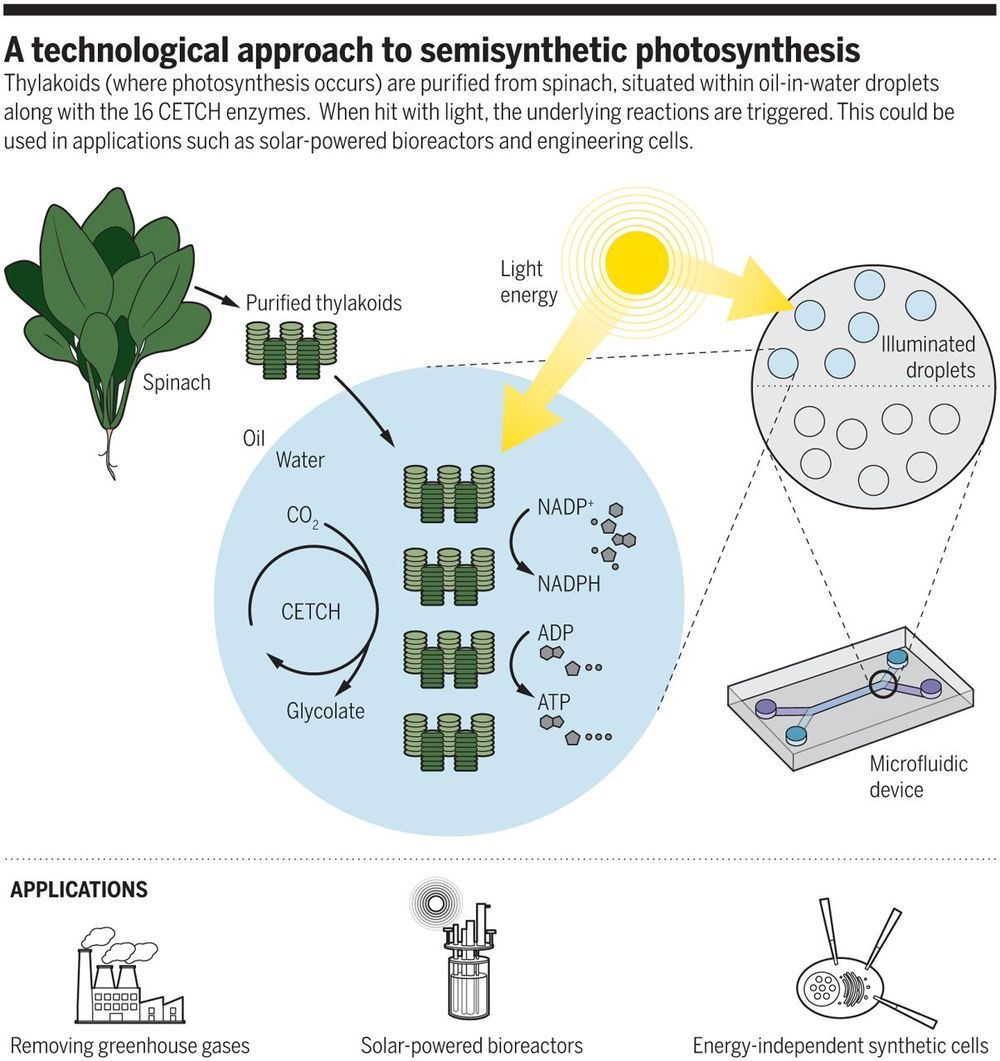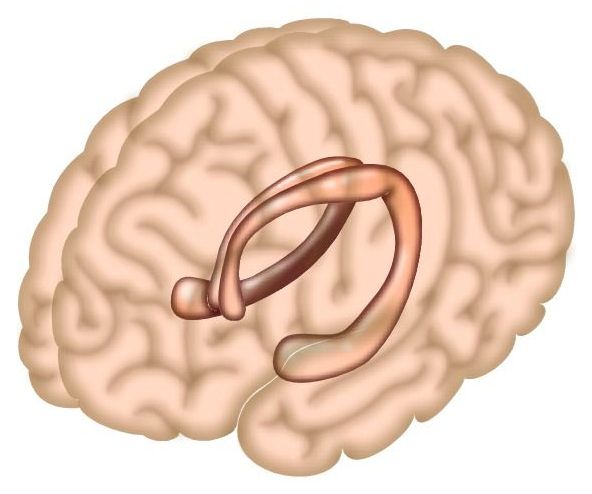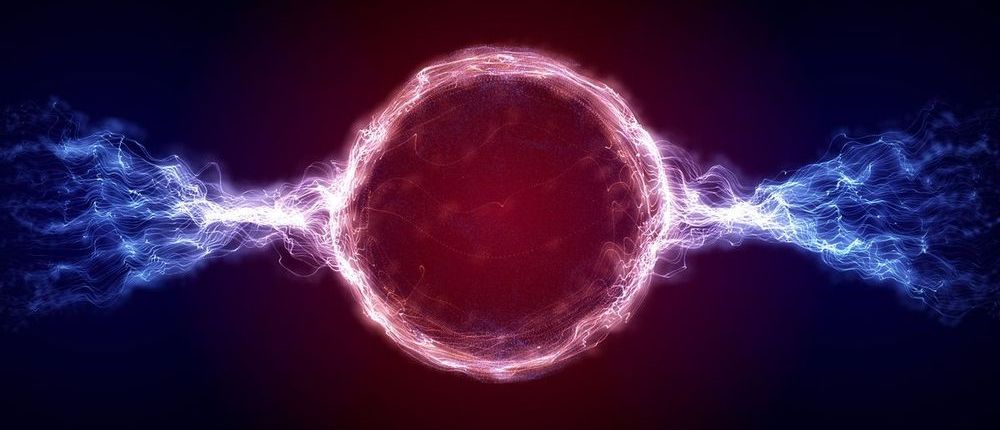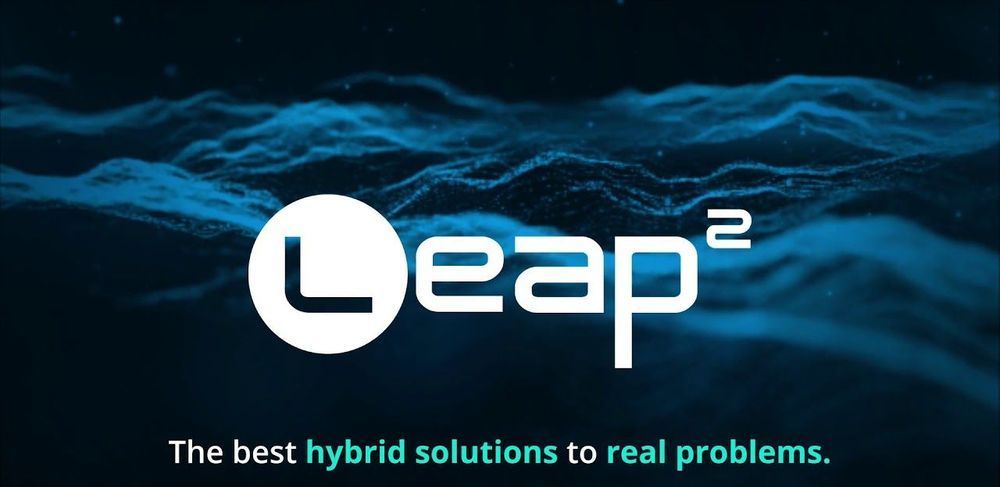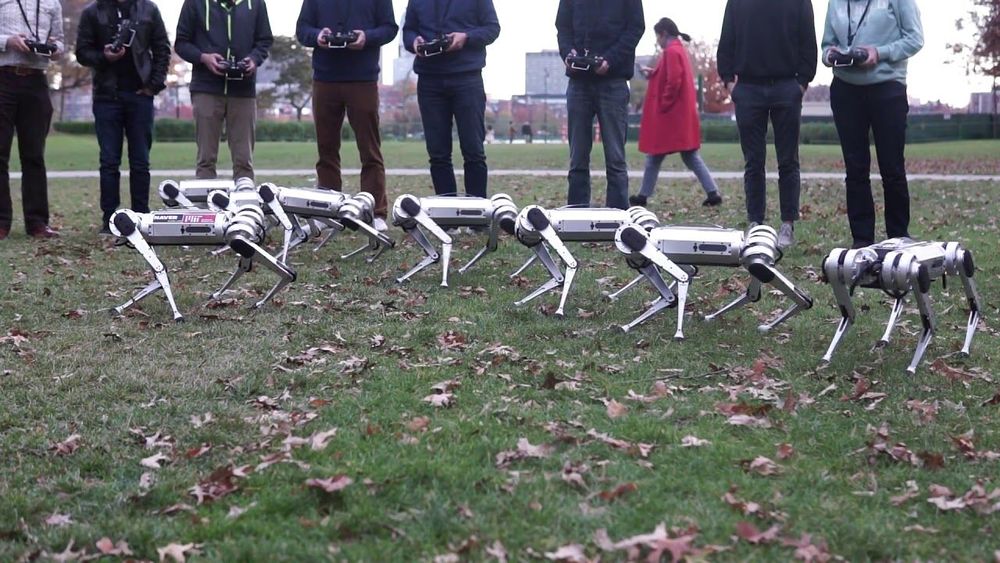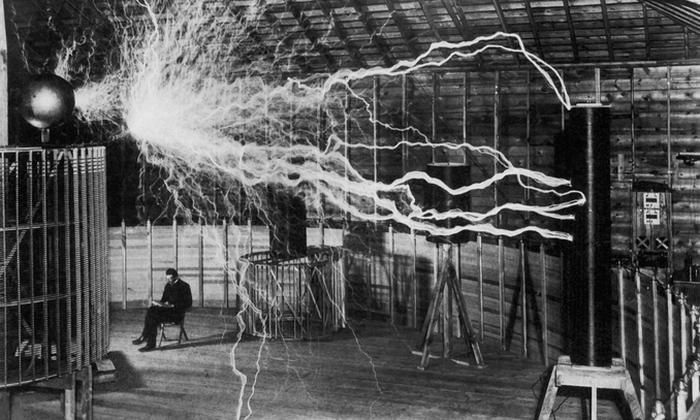May 8, 2020
Engineers Unveil a System That Delivers Electricity Wirelessly
Posted by Quinn Sena in categories: mobile phones, robotics/AI, sustainability, transportation
Wireless charging is already a thing (in smartphones, for example), but scientists are working on the next level of this technology that could deliver power over greater distances and to moving objects, such as cars.
Imagine cruising down the road while your electric vehicle gets charged, or having a robot that doesn’t lose battery life while it moves around a factory floor. That’s the sort of potential behind the newly developed technology from a team at Stanford University.
If you’re a long-time ScienceAlert reader, you may remember the same researchers first debuted the technology back in 2017. Now it’s been made more efficient, more powerful, and more practical – so it can hopefully soon be moved out of the lab.


